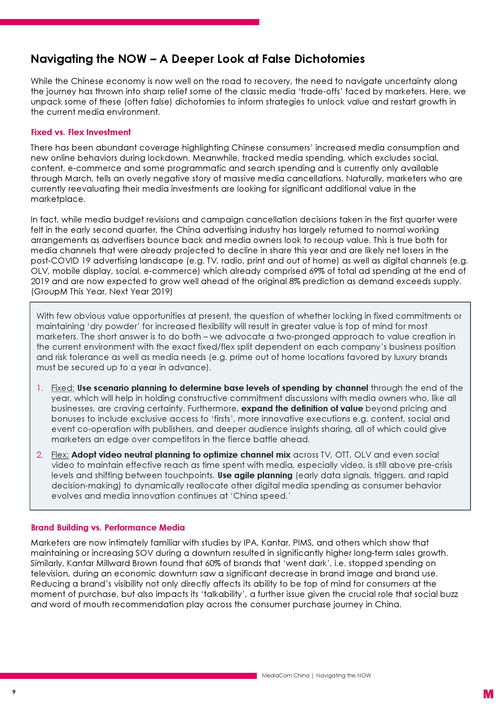Content:
Fishing, an age-old pastime, has been a source of relaxation and joy for countless individuals. Whether you are a seasoned angler or a beginner, mastering the art of reeling in a fish can significantly enhance your fishing experience. The technique of reeling in, or lifting the rod to guide the fish towards the boat or shore, is a crucial aspect of fishing. In this article, we will delve into the essential techniques for successful fishing, focusing on how to effectively lift your rod and bring in your catch.
Understanding the Basics of Reeling In
Before we dive into the specific techniques, it's important to understand the basics of reeling in. Reeling in involves lifting the rod with a smooth and controlled motion, guiding the fish towards the boat or shore while maintaining tension on the line. The goal is to keep the fish in control and avoid any sudden movements that could cause it to escape.
Choosing the Right Equipment
The first step in mastering the art of reeling in is to ensure you have the right equipment. This includes:
Rod and Reel: Choose a rod and reel that are appropriate for the type of fish you are targeting. The rod should be strong enough to handle the fish's size and the reel should have enough line capacity to accommodate the length of the cast.
Line: Use a line that is suitable for the fish you are targeting. For example, a monofilament line is great for freshwater fishing, while a braided line may be better for saltwater fishing due to its strength and sensitivity.

Hook and Lure: The choice of hook and lure depends on the type of fish you are trying to catch. Make sure the hook size is appropriate for the bait you are using.
The Technique of Reeling In
Now that you have the right equipment, let's discuss the technique of reeling in:
Setting the Hook: Once you feel a tug on the line, set the hook quickly but gently. Do not pull too hard as this may cause the fish to break free.
Lifting the Rod: Begin by lifting the rod with a smooth, upward motion. The angle of the rod should be between 30 and 45 degrees to maintain tension on the line without putting too much stress on the rod.
Guiding the Fish: As the fish moves away from the boat or shore, gently guide it by moving the rod in the opposite direction. This helps to keep the fish in control and prevents it from escaping.
Maintaining Tension: Keep a steady tension on the line by gently winding it onto the reel. Avoid winding it too quickly, as this can cause the line to twist and potentially break.
Controlling the Speed: The speed at which you reel in the fish depends on its size and the type of fight. Larger fish may require a slower, more controlled approach, while smaller fish can be reeled in more quickly.
Handling the Fish: Once the fish is close enough to land, prepare to net it. Use a net with a soft mesh to avoid damaging the fish. Gently lift the fish out of the water and release it if you are not planning to keep it.
Advanced Techniques
For those looking to refine their reeling in technique further, here are some advanced tips:
Learning to Read the Line: Practice recognizing the subtle movements of the line that indicate a fish is on the line. This can help you set the hook more effectively.
Adjusting to Different Fish: Different fish may require different techniques. For example, when fighting a fish that is jumping, you may need to reel in more quickly to prevent it from breaking free.
Using a Rod Rest: A rod rest can help you maintain a steady and comfortable grip on the rod, especially during long fights.
Practice Makes Perfect: Like any skill, reeling in takes practice. Spend time on the water, experimenting with different techniques and observing how they work.
In conclusion, mastering the art of reeling in is a fundamental skill for any angler. By understanding the basics, choosing the right equipment, and practicing the techniques outlined in this article, you can enhance your fishing experience and increase your chances of landing a successful catch. Remember, the key to successful reeling in is patience, control, and a bit of practice. Happy fishing!












